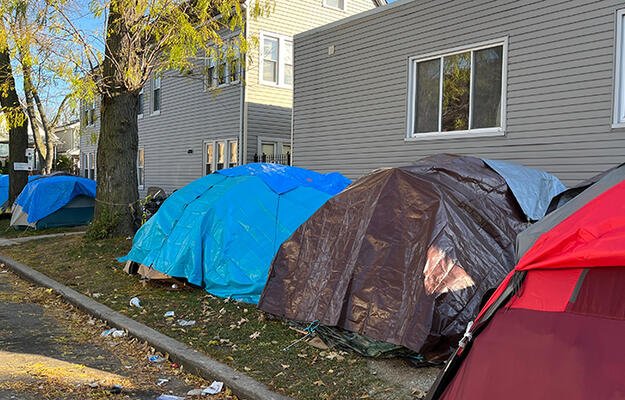
For Low-Income Families, Children Who Live in HUD-Assisted Housing Have Lower Levels of Lead in Their Blood
- Title:
- For Low-Income Families, Children Who Live in HUD-Assisted Housing Have Lower Levels of Lead in Their Blood
- Author:
-
Katherine A. Ahrens, Barbara A. Haley, Lauren M. Rossen, Patricia C. Lloyd, Yutaka Aoki
- Source:
-
American Journal of Public Health
- Publication Date:
-
2016
In the first national analysis of blood lead levels among children in US Department of Housing and Urban Development (HUD)–assisted housing, researchers find that children receiving housing assistance have lower mean levels of lead in their blood than nonassisted children in low-income families, after adjustment for demographic, socioeconomic, and family characteristics. The researchers used 2005–12 data for National Health and Nutrition Examination Survey (NHANES) respondents linked to HUD administrative data from 1999 to 2014 to study the blood lead levels of children ages 1 to 5. The paper finds that children with higher levels of lead in their blood are more likely to live in low-income families, be non-Hispanic black, have public health insurance, reside in the Northeast, and have a head of household who was female, unmarried, and did not have a high school education. Propensity score weighting was used to compare the 151 children who had received federal housing assistance at the time of being tested for lead as part of NHANES to 1,099 children in similar low-income families in NHANES who had not received assistance. They find that children who lived in HUD-assisted housing had half the prevalence of higher blood lead levels compared with children who never had this subsidy. These results suggest that low-income families would see improved health benefits for their children from either increased access to subsidized housing or increased lead remediation and regulations on existing unassisted housing.
Key findings
- Nationally representative study compares blood lead levels in children ages 1 to 5 in NHANES who lived in HUD-assisted housing (n=151) with children in families whose income was no more than 200 percent of the federal poverty level who had not received housing assistance (n=1,099). The relatively small number of young children with HUD-assisted families did not allow researchers to stratify by subsidy type.
- After propensity score weighting, children who were living in HUD-assisted housing at time of lead testing had approximately 20 percent lower blood lead levels than similar children from low-income families.
- Children who lived in HUD-assisted households had half the prevalence of higher blood lead levels (over 3 micrograms per deciliter) compared with children in nonassisted low-income families, after adjustment for demographic, socioeconomic, and family characteristics. Only 11 percent of children in HUD-assisted housing had higher blood lead levels compared with 21.5 percent of children living in nonassisted low-income families.


